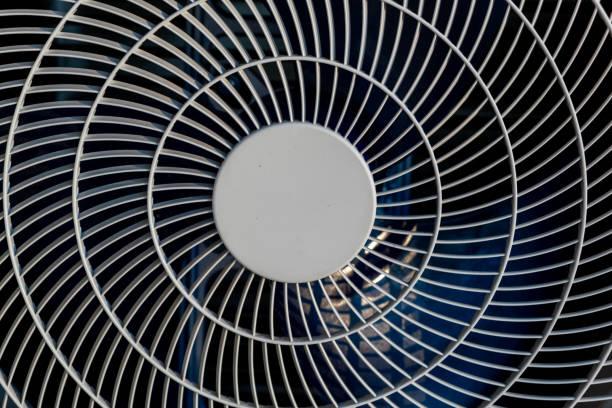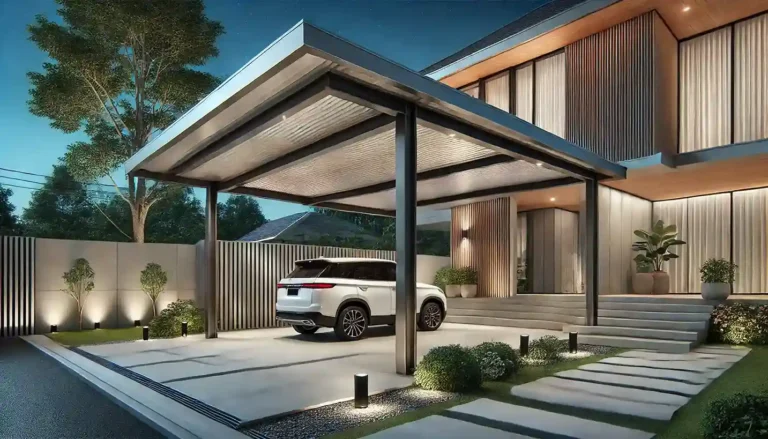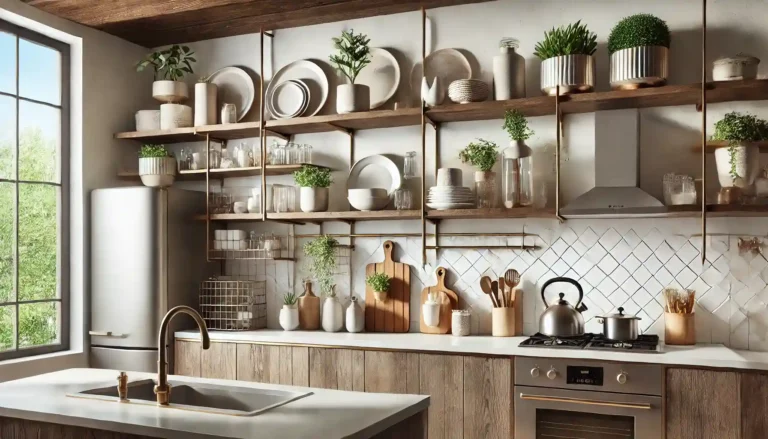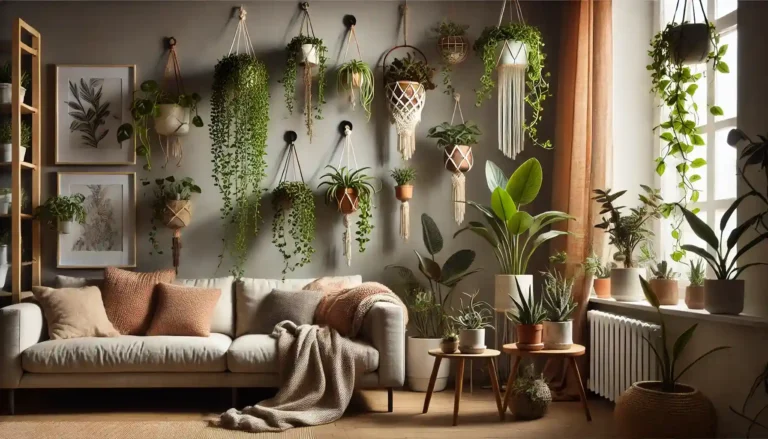Benjamin Moore Edgecomb Gray: The Ultimate Guide for Every Space
Benjamin Moore Edgecomb Gray (HC-173) is a paint color that blends beige and gray, creating a warm, versatile shade known as greige. It’s popular among homeowners and designers for its adaptability and timeless appeal. Whether used in living rooms, kitchens, or even exteriors, this neutral hue can elevate any space, adding depth without overpowering a room’s design. In this article, we’ll explore the many ways you can use Benjamin Moore Edgecomb Gray, including its undertones, comparisons to other shades, and the best color pairings to create a harmonious palette.
What is Benjamin Moore Edgecomb Gray?
Benjamin Moore Edgecomb Gray is a warm greige paint color that sits perfectly between beige and gray, making it neither too cool nor too warm. It has an LRV (Light Reflectance Value) of 63, meaning it reflects a moderate amount of light, helping to brighten spaces without being too overpowering. Its balanced tone makes it a great choice for nearly any room, from bedrooms to kitchens, and even exteriors.
This color’s unique undertones help it adapt to various lighting conditions. In bright, natural light, Edgecomb Gray may appear slightly cooler with gray undertones, while in artificial or dim light, its warm beige tones come to the forefront. This versatility makes it a favorite among those seeking a neutral yet sophisticated color for their homes.
Understanding the Undertones of Edgecomb Gray
One of the key features of Edgecomb Gray by Benjamin Moore is its warm undertones. This shade carries subtle beige and gray notes, often described as leaning toward taupe. It’s warm enough to make a room feel inviting, yet its gray base keeps it from being too yellow or creamy. These undertones are what give Edgecomb Gray its unique greige appearance.
When choosing this color, it’s essential to test it in your space to see how the undertones react to your lighting. In north-facing rooms, for example, Edgecomb Gray might lean more toward its gray undertones, while in south-facing rooms, it can appear warmer, closer to beige. This adaptability is part of what makes Edgecomb Gray so versatile and well-suited for a wide range of spaces.
Also Read: Drain Flies vs Fruit Flies: 5 Key Differences to Know!
Benjamin Moore Pale Oak vs. Edgecomb Gray
When comparing Benjamin Moore Pale Oak vs. Edgecomb Gray, both are excellent choices for a neutral, warm palette, but they serve slightly different purposes. Pale Oak (OC-20) is a lighter, softer greige with an LRV of 70, making it more reflective and better suited for spaces that need a bit more brightness. On the other hand, Edgecomb Gray Benjamin Moore is slightly darker and works better in rooms that require a touch more depth and warmth.
For homeowners who want a subtle and airy atmosphere, Pale Oak might be the better choice. However, if you’re looking for a neutral that has a bit more weight and presence, Edgecomb Gray could be the ideal option.
Best Spaces to Use Benjamin Moore Edgecomb Gray
Living Rooms
Edgecomb Gray works wonderfully in living rooms, providing a warm and welcoming backdrop. Its balanced tone allows it to blend seamlessly with a variety of decor styles, from modern to traditional. When paired with white trims and dark wood furniture, it creates a striking contrast that feels both cozy and elegant. Edgecomb Gray Benjamin Moore is especially popular for open-concept living areas where a neutral, unifying color is needed.
Kitchens and Cabinets
If you’re considering Benjamin Moore Edgecomb Gray cabinets, you’re making a great choice. This shade adds a sophisticated warmth to kitchen cabinets, particularly when paired with white countertops or a light marble backsplash. Its neutral base ensures that it complements a wide range of kitchen hardware finishes, from brushed nickel to matte black. Whether your kitchen is bright and airy or more traditional, Edgecomb Gray can enhance its aesthetic.
Exteriors
For exteriors, Benjamin Moore Edgecomb Gray exterior adds a touch of timeless elegance. It pairs beautifully with bright white trims for a classic look, and it holds up well in different lighting conditions throughout the day. Whether you have a contemporary home or a more traditional design, this shade can help create a cohesive and inviting exterior.
Coordinating Colors for Benjamin Moore Edgecomb Gray
To create a harmonious space, it’s essential to pair Edgecomb Gray Benjamin Moore with complementary colors. Its versatility allows it to work with a wide variety of hues, but some of the best pairings include:
| Coordinating Colors | Best for |
| White Dove (OC-17) | Trim and cabinetry |
| Hale Navy (HC-154) | Accent walls and exterior doors |
| Palladian Blue (HC-144) | Calm and serene interiors |
| Simply White (OC-117) | Crisp white trims for exteriors and interiors |
| Chelsea Gray (HC-168) | Deep contrasts for interior accents |
These pairings can work for a variety of spaces, from kitchens to bedrooms, adding depth and visual interest to the neutral base of Edgecomb Gray.
Edgecomb Gray vs. Other Popular Greige Paints
Edgecomb Gray often gets compared to other popular greige shades, such as Sherwin Williams Agreeable Gray and Benjamin Moore Revere Pewter. Agreeable Gray is slightly cooler and leans more toward gray, while Revere Pewter is a darker, richer greige. Edgecomb Gray falls in between, offering the perfect balance for those looking for a neutral that isn’t too warm or too cool.
FAQs about Benjamin Moore Edgecomb Gray
1. What undertones does Benjamin Moore Edgecomb Gray have?
Benjamin Moore Edgecomb Gray features warm undertones, primarily beige with a hint of gray. These undertones can shift slightly depending on the lighting, making it appear cooler or warmer in different settings.
2. What colors go with Edgecomb Gray Benjamin Moore?
Edgecomb Gray pairs well with a variety of colors, including soft whites like White Dove, deep blues like Hale Navy, and even lighter shades of gray such as Classic Gray. These combinations create a balanced and harmonious palette.
3. Is Benjamin Moore Edgecomb Gray a warm or cool color?
Edgecomb Gray is considered a warm color due to its beige undertones, though its gray base keeps it from being overly warm. This balance makes it a versatile choice for both warm and cool color schemes.
4. How does Benjamin Moore Edgecomb Gray compare to Pale Oak?
Pale Oak is lighter and more reflective, with an LRV of 70, while Edgecomb Gray is slightly darker with an LRV of 63. Pale Oak is ideal for brighter spaces, whereas Edgecomb Gray works better in rooms that need more depth.
5. Can I use Edgecomb Gray for kitchen cabinets?
Yes, Edgecomb Gray is an excellent choice for kitchen cabinets. It adds warmth and sophistication, especially when paired with light countertops and metallic hardware.
Benjamin Moore Edgecomb Gray offers the perfect blend of warmth and neutrality, making it an ideal choice for various spaces in your home. Whether you use it in your living room, kitchen, or on your home’s exterior, this versatile shade provides a timeless and elegant backdrop that complements a wide range of styles and color schemes.
NY Monthly is a digital publication focused on exploring the pulse of New York City. Covering everything from travel, lifestyle, food, arts, business, and culture, NY Monthly brings the best stories to life. Our mission is to inform, inspire, and connect readers with the latest trends and hidden gems throughout the city and beyond.






